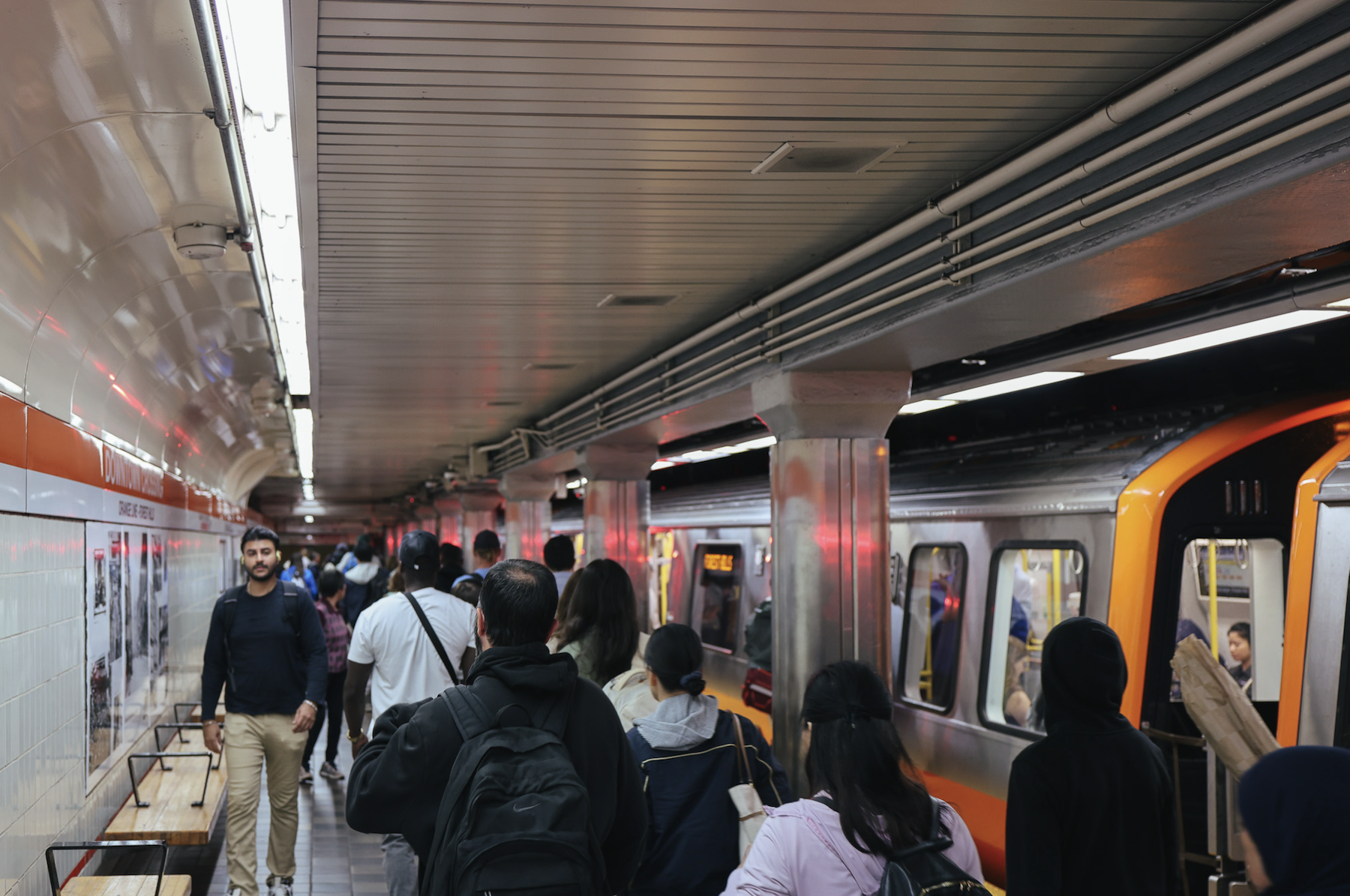Who are you?
What industry do you work in?
The Jawnt Pass is designed to help employees spend their commute benefit, not to accrue excessive balances.

Welcome to the fifth post in our series exploring how Jawnt’s strong client relationships inform our platform and improve the experience of using our benefits. Feedback from current customers help Jawnt continue building a top-tier commuter benefits platform.
HR administrators work hard to get benefits out to their employees. But these benefits are to be used, not simply accumulated. Learn how the Jawnt Pass keeps employees moving without excessive commuter benefit balances.
Jawnt is a third-party administrator for commuter benefits. We work with employers to manage pre-tax funds to help employees cover the cost of transit and parking (and sometimes bikes). How we distribute those funds is determined by the employer and the transit agency.
When employees are able to receive flexible transit funds on a commuter benefit card like the Jawnt Pass, there’s always a possibility that some funds will be unspent at the end of the month. Perhaps the employee goes on vacation, or decides to bike while the weather is nice. Maybe the employee just wants to round up and give themselves a cushion. If the employee spends less on transit that month than they set aside for their transit benefit, those funds will roll over and begin to accumulate.
The core issue is that, according to IRS rules, when an employee leaves their employer, any unspent funds in their transit account needs to revert back to the employer. Even if this money was withheld from the employees’ own paycheck, they don’t get to take it with them when they leave. Employees don’t want to throw money away, and employers don’t want to create a sour experience for departing employees.
There are two ways that Jawnt prevents large balances from becoming a point of contention. The first is Jawnt Redirect, where we allow employees to move money, with some limits, between transit and parking. Once the money has been accrued, if it can be more easily spent on another kind of pre-tax commuting expense, Jawnt Redirect can begin to decrease that balance. Learn more about Jawnt Redirect.
But the real solution to large balances is to keep them from ever accumulating in the first place, which is why Jawnt allows employers to set a population-wide maximum for account limits. Jawnt recommends $500 as a balance limit, and applies this limit to our own employees’ transit and parking pre-tax Jawnt Pass accounts.
For example, Jawnt contributes $100 a month, pre-tax, to Samantha’s Jawnt Pass for use on transit. Samantha prefers to bike to the office, so her unspent transit funds tend to accumulate when the weather is nice. At the end of August, she had a balance of $435 for transit on her Jawnt Pass. When it was time for Jawnt to distribute another $100 for her September benefit, because that would have forced her to exceed the $500 balance limit, Jawnt did not add the additional $100 and her balance stayed at $435.
In September, it rained several days, so Samantha left her bike at home and took the train. By the end of September, her transit balance was down to $395. Jawnt was able to contribute another $100 for October, bringing her balance to $495.
Do you have more questions about how to navigate balance limits for pre-tax commuter accounts? Get in touch!